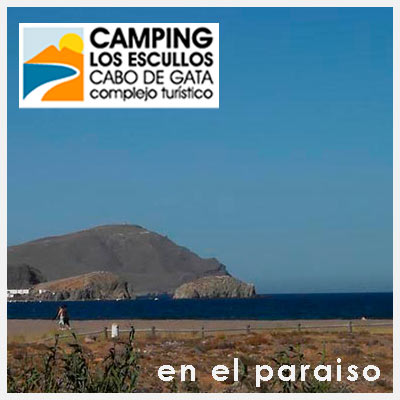
COMPLEJO LOS ESCULLOS
Disfruta de tus vacaciones o de una escapada en pleno centro del Parque Natural de Cabo de Gata y conoce sus paradisiacas playas y calas, su naturaleza y sus pueblos con encanto.
Los Escullos
www.losesculloscabodegata.com
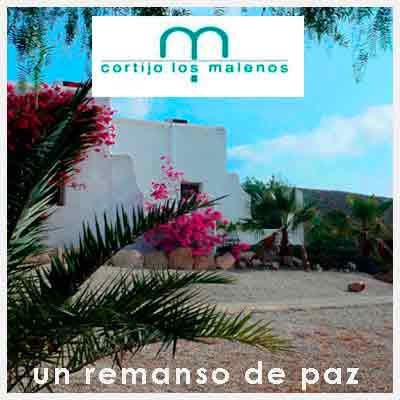
CORTIJO LOS MALENOS
Un magnífico hotel al lado de una playa estupenda. Dispone de Piscina y Jacuzzi.
CORTIJO LOS MALENOS
www.cortijolosmalenos.com
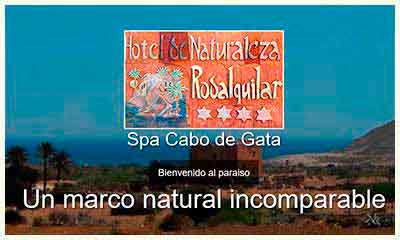
HOTEL DE NATURALEZA RODALQUILAR
El Hotel de Naturaleza se ha diseñado con un concepto innovador que siguiendo la inspiración de la construcción árabe y andalusí.
HOTEL DE NATURALEZA RODALQUILAR
www.hotelrodalquilar.com
Cabo de Gata is both a cradle of civilizations and a way of crossing multiple cultures that left a mark on this place.
Throughout its biography we can find Neolithic settlements, rest Phoenician, Greeks, Romans …
...
For this reason, the historical diversity of the area makes this place a unique place to observe our evolution.
1.- The First Settlers
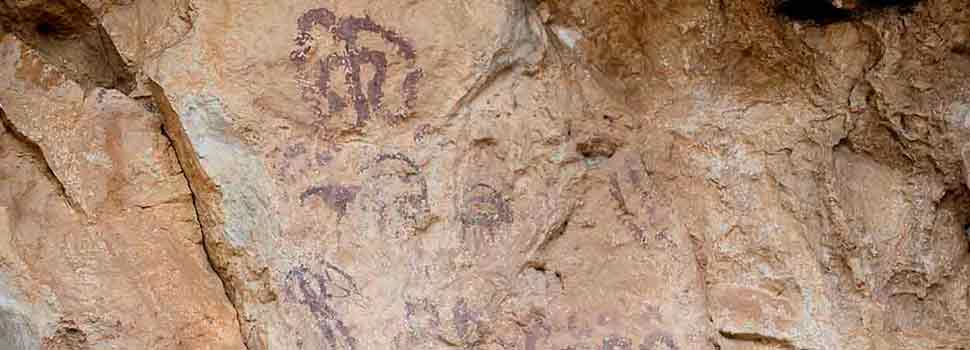
More information
2.- Millares Culture
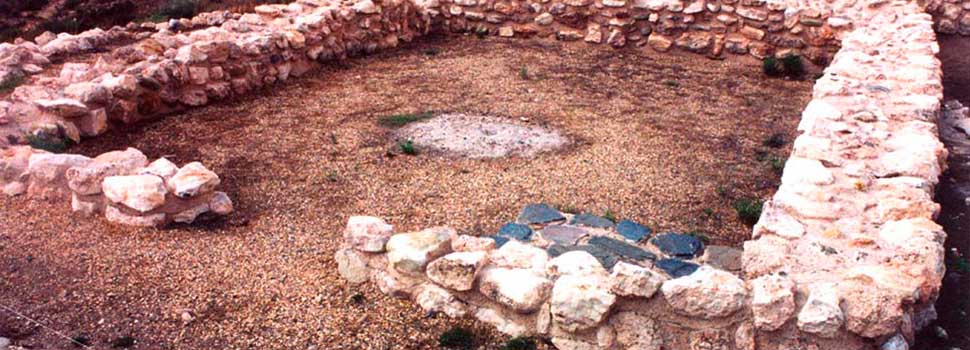
More information
3.- Argar culture

More information
4.- The Phoenicians
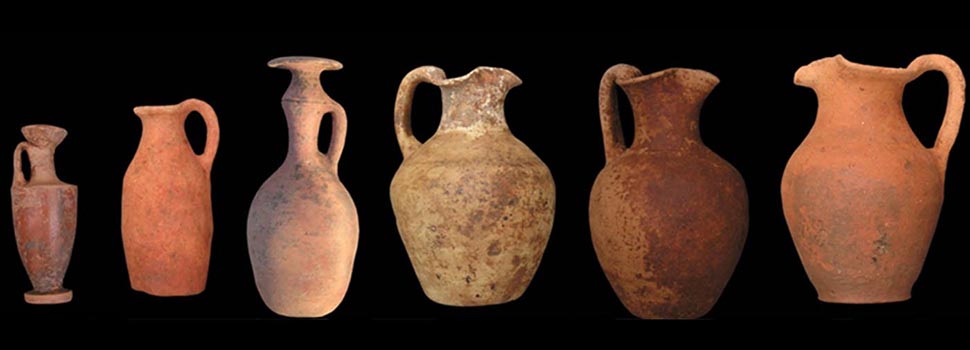
More information
5.- Greece and Carthage
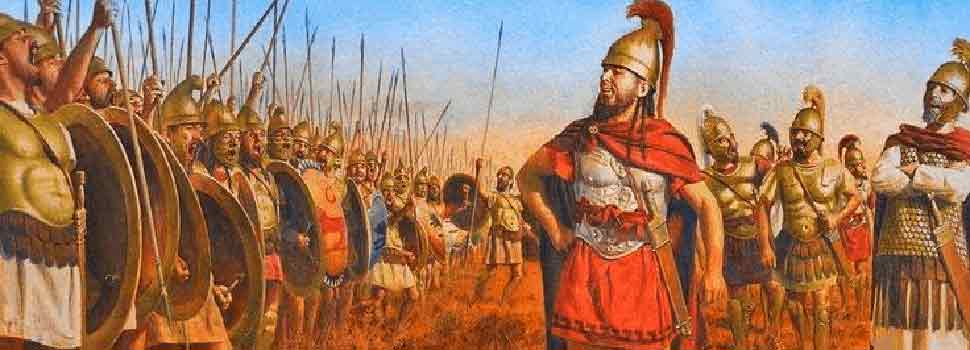
More information
6.- Iberian towns
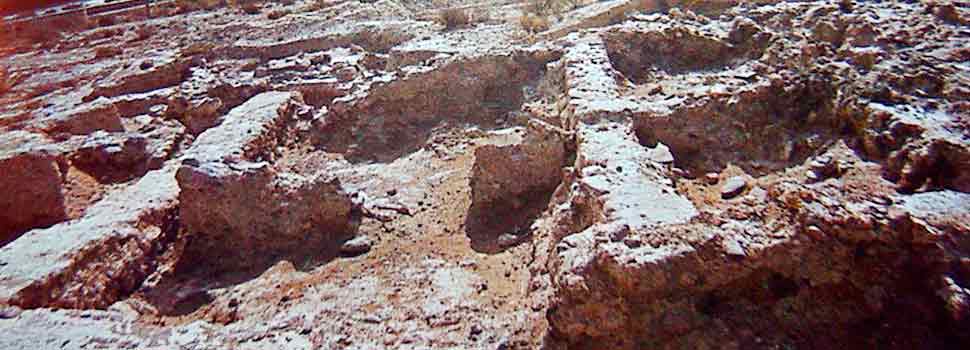
More information
7.- The Roman Occupation

More information
8.-The Islam

More information
9.- Umayyad Caliphate
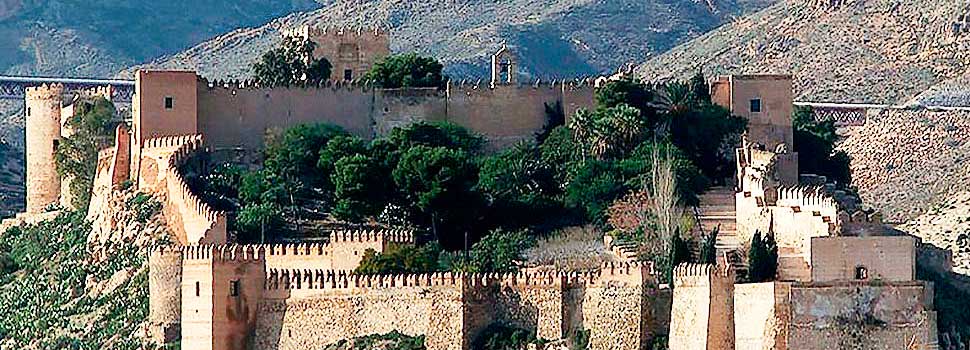
More information
10.- The Morisc
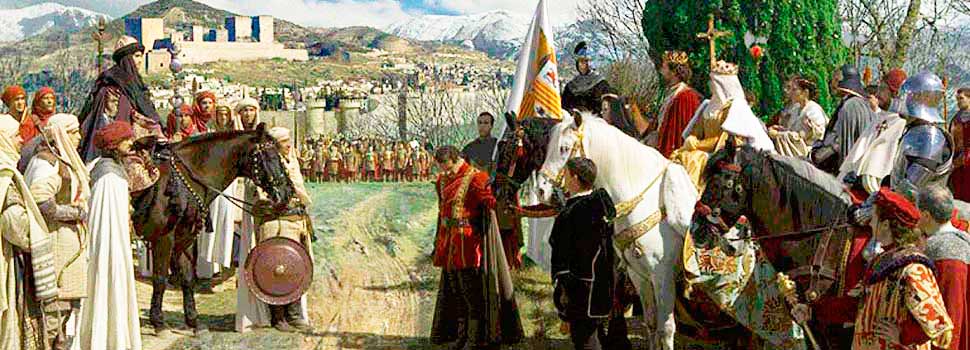
More information
11.- S XVIII Century The Castles
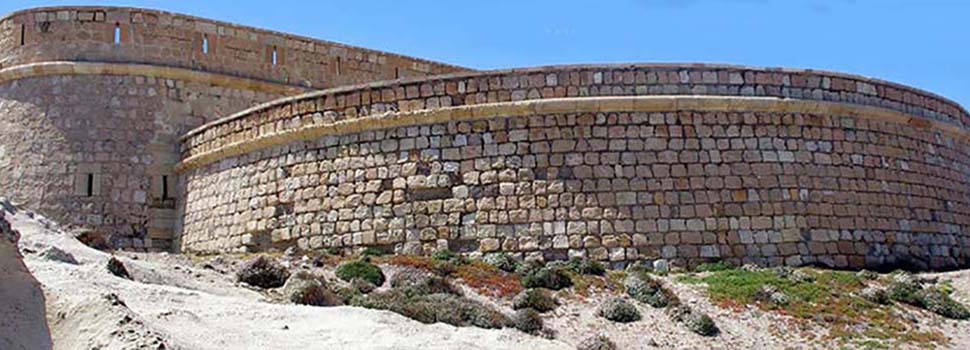
More information
12.- New minery Century
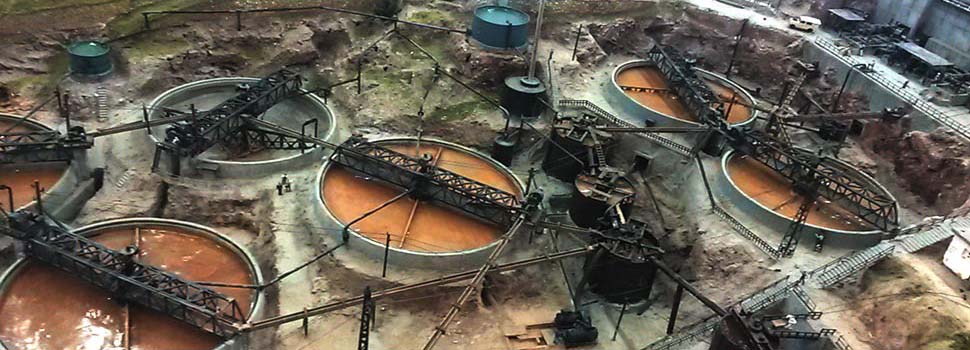 The technology of s. XIX and XX made possible new methods of extraction, manipulation and transport of minerals...
The technology of s. XIX and XX made possible new methods of extraction, manipulation and transport of minerals...More information
13.- The Natural Park
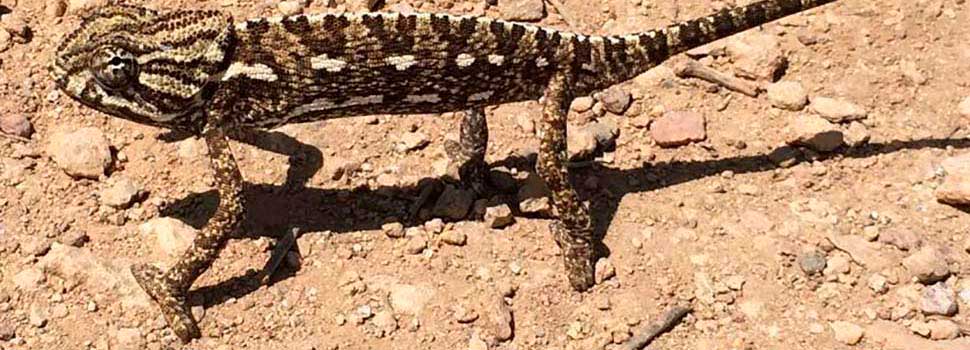
More information
14.- XXI Century. The tourism

More information
 Web Design
Web Design


